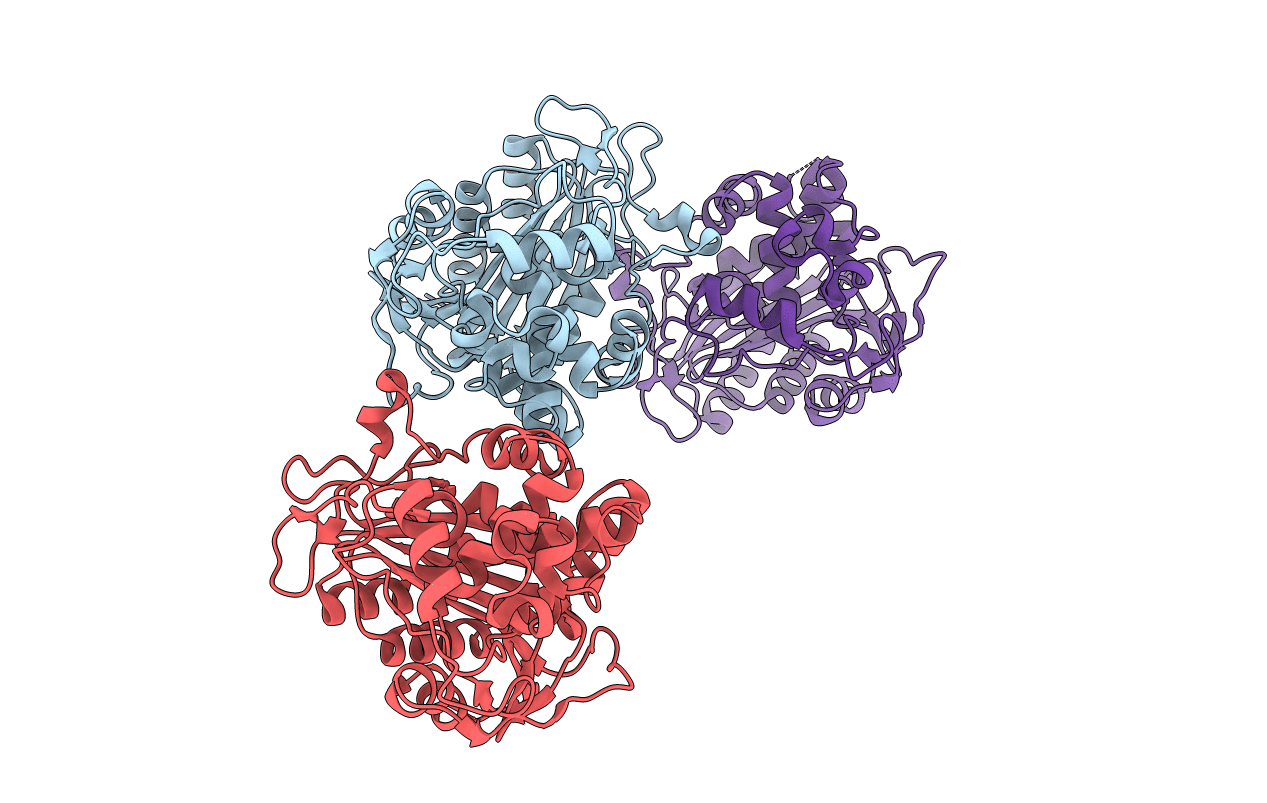
Deposition Date
2014-02-27
Release Date
2015-03-04
Last Version Date
2023-11-08
Entry Detail
PDB ID:
3WRT
Keywords:
Title:
Wild type beta-lactamase DERIVED FROM CHROMOHALOBACTER SP.560
Biological Source:
Source Organism:
Chromohalobacter sp. 560 (Taxon ID: 169132)
Host Organism:
Method Details:
Experimental Method:
Resolution:
2.90 Å
R-Value Free:
0.22
R-Value Work:
0.17
R-Value Observed:
0.17
Space Group:
P 31


